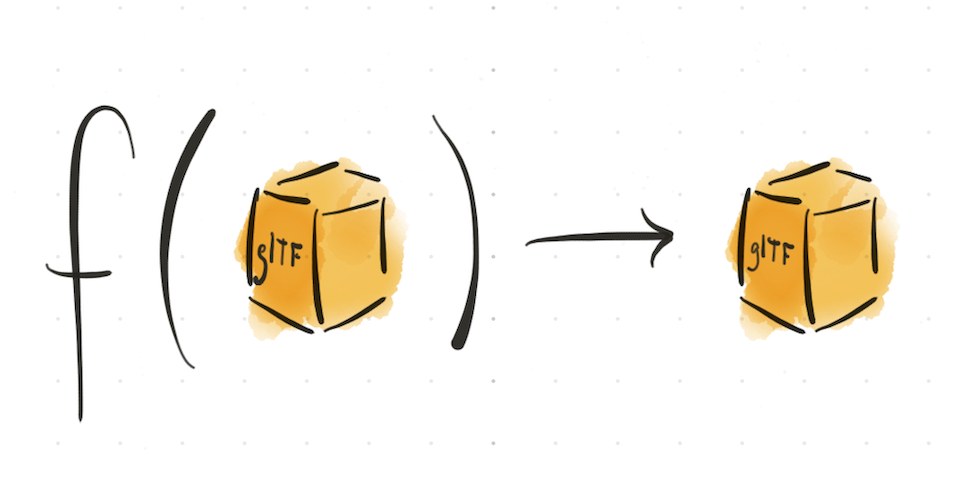AnimationChannel
Hierarchy
- EventDispatcher
- GraphNode
- Property
- ExtensibleProperty
- AnimationChannel
Static properties
Name of the property to be modified by an animation channel.
Properties
Methods
Makes a copy of this property, with the same resources (by reference) as the original.
Copies all data from another property to this one. Child properties are copied by reference, unless a 'resolve' function is given to override that.
Dispatches an event on the GraphNode, and on the associated Graph. Event types on the graph are prefixed,
"node:[type]".
Removes both inbound references to and outbound references from this object. At the end of the process the object holds no references, and nothing holds references to it. A disposed object is not reusable.
Returns true if two properties are deeply equivalent, recursively comparing the attributes of the properties. Optionally, a 'skip' set may be included, specifying attributes whose values should not be considered in the comparison.
Example: Two Primitives are equivalent if they have accessors and materials with equivalent content — but not necessarily the same specific accessors and materials.
Returns an ExtensionProperty attached to this Property, if any.
Attaches the given ExtensionProperty to this Property. For a given extension, only one ExtensionProperty may be attached to any one Property at a time.
Lists all ExtensionProperty instances attached to this Property.
Returns a reference to the Extras object, containing application-specific data for this Property. Extras should be an Object, not a primitive value, for best portability.
Updates the Extras object, containing application-specific data for this Property. Extras should be an Object, not a primitive value, for best portability.
Returns true if the node has been permanently removed from the graph.
Returns the name of this property. While names are not required to be unique, this is encouraged, and non-unique names will be overwritten in some tools. For custom data about a property, prefer to use Extras.
Sets the name of this property. While names are not required to be unique, this is encouraged, and non-unique names will be overwritten in some tools. For custom data about a property, prefer to use Extras.
Returns a list of all properties that hold a reference to this property. For example, a material may hold references to various textures, but a texture does not hold references to the materials that use it.
It is often necessary to filter the results for a particular type: some resources, like Accessors, may be referenced by different types of properties. Most properties include the Root as a parent, which is usually not of interest.
Usage:
const materials = texture .listParents() .filter((p) => p instanceof Material)
Keyframe data input/output values for the channel. Must be attached to the same Animation.
Keyframe data input/output values for the channel. Must be attached to the same Animation.
Target Node animated by the channel.
Target Node animated by the channel.
Path (property) animated on the target Node. Supported values include:
translation,rotation,scale, orweights.
Path (property) animated on the target Node. Supported values include:
translation,rotation,scale, orweights.

Made by Don McCurdy. Documentation built with greendoc and published under Creative Commons Attribution 3.0.
A target-path pair within a larger Animation, which refers to an AnimationSampler storing the keyframe data for that pair.
A target is always a Node, in the core glTF spec. A path is any property of that Node that can be affected by animation:
translation,rotation,scale, orweights. An Animation affecting the positions and rotations of several Nodes would contain one channel for each Node-position or Node-rotation pair. The keyframe data for an AnimationChannel is stored in an AnimationSampler, which must be attached to the same Animation.Usage:
const node = doc.getRoot() .listNodes() .find((node) => node.getName() === 'Cog'); const channel = doc.createAnimationChannel('cogRotation') .setTargetPath('rotation') .setTargetNode(node) .setSampler(rotateSampler);Reference